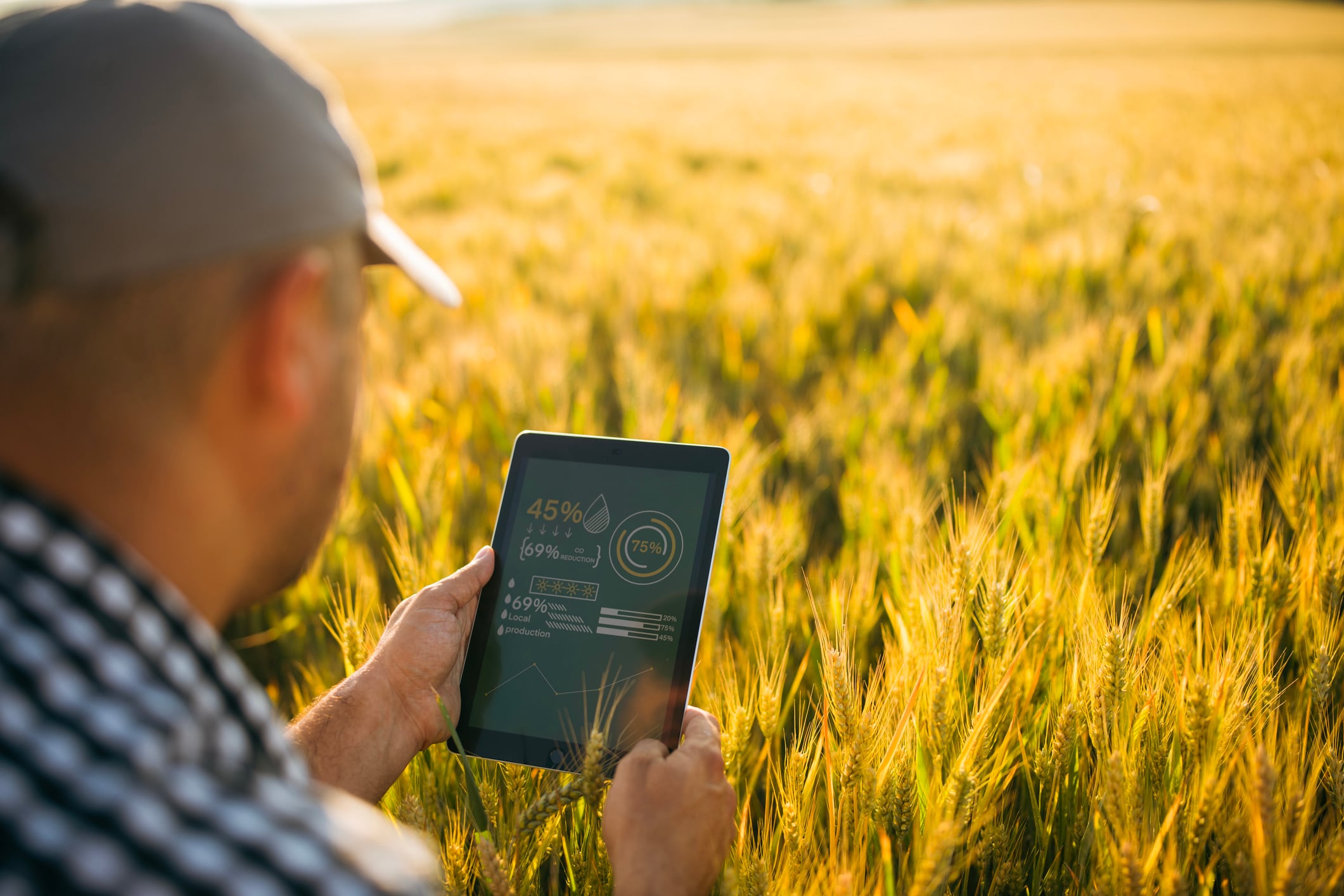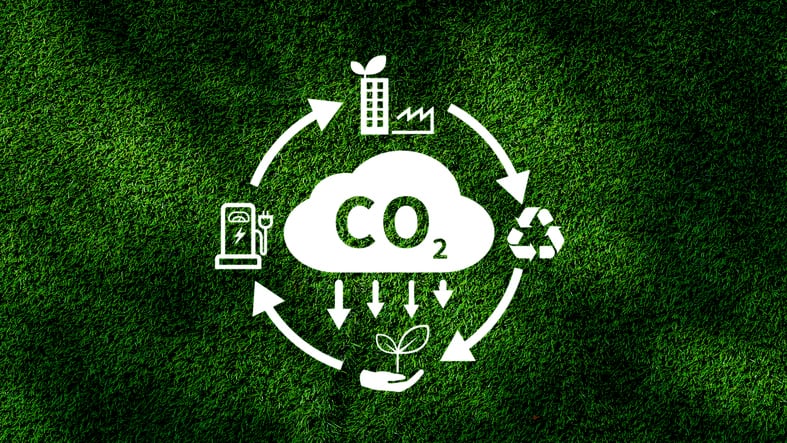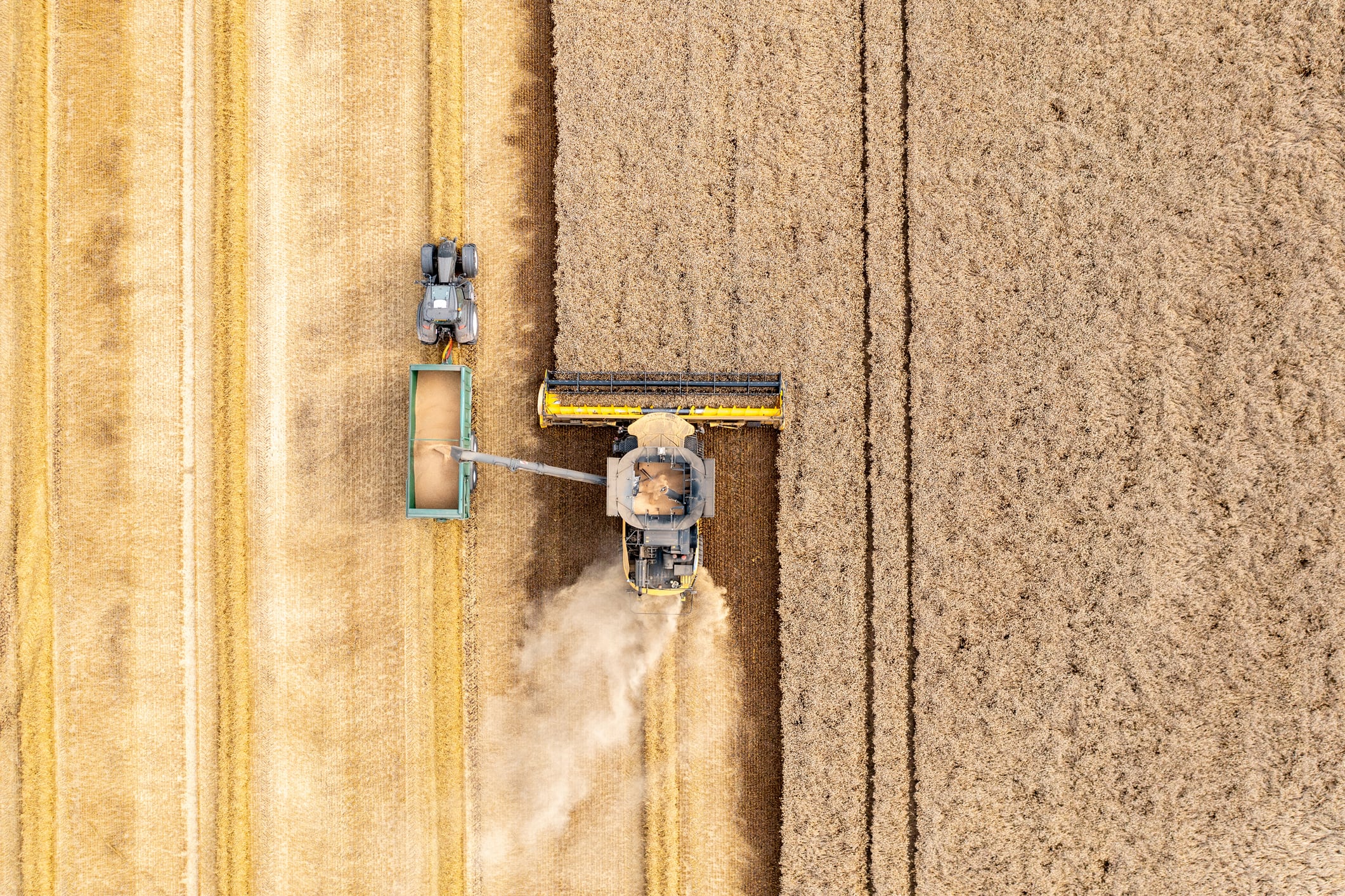The Gaïago Carbon programme – which uses the Gold Standard’s Soil Organic Carbon Framework – gives farmers income from carbon credit sales derived from the increased soil organic carbon resulting from the use of its soil-enhancing products.
Around 650 farmers are currently onboard the programme, which currently covers nearly 50,000 hectares in France and Europe.
Key to its plans to expand throughout France and Europe is a new collaboration with MyEasyCarbon, the French MRV company which helps farmers, cooperatives, and agri-food companies to measure and monitor CO2 emissions and soil carbon storage in agriculture.
The platform is used by farmers around the world and corporate clients include Unilever, Syngenta and Kubota.
MyEasyCarbon’s platform enables efficient and collaborative collection of primary data (plots, agricultural practices, satellite data, sensors, soil analyses) to optimise the management of the Gaïago Carbon programme for the benefit of farmers, distributors and Gaïago teams.
“The solutions from MyEasyFarm provide us with an efficient way to collect data,” said Vanessa Pezet, director of the Gaïago Carbon programme. “This collaboration enables us to integrate internationally recognised tools while ensuring the transparency and traceability essential for issuing the highest quality carbon credits, in accordance with the Gold Standard.”
François Thierart, CEO of MyEasyFarm, added: “Our ambition is to make MyEasyCarbon the reference MRV for regenerative and low-carbon agriculture by providing reliable data aligned with the highest international standards.”
Improving credibility and reach
The collaboration is designed to enhance the credibility and reach of regenerative agriculture projects, making them more scalable and attractive to carbon markets, Thierart told AgTechNavigator.
“Now they (Gaïago) have several of hundreds of farmers in the programme they need a platform to embed all the farmers and monitor what’s going on,” he said. “More and more you need to have precise, accurate data to be able to generate those carbon credits.
“The big differentiator with us is that we are not using declarative data from the farmers. We are using as much numerical data as we can.
“We are ISOBUS compliant [a standardised international communication protocol that allows different agricultural equipment to communicate with each other] which means that we can upload data from the fertiliser sprayer or spreader to know exactly the amount of mineral fertiliser that was used in the field.”
AI is another differentiator, he said, which can help optimise data collection and integration and give actionable recommendations so that farmers can be confident they can generate an income from the carbon they save.
“We are embedding artificial intelligence to be able to easily collect the data. The big bottleneck with these types of projects is that the farmers don’t want to give data because it’s too complex. Then using AI we can also provide recommendations on what should be the best actions to reduce their C02 emissions.”





